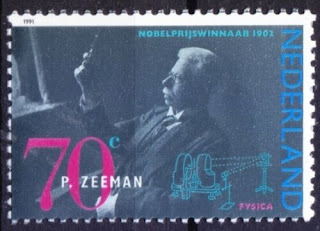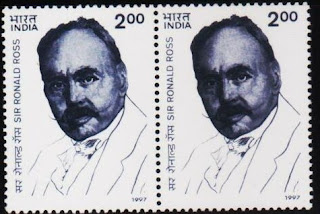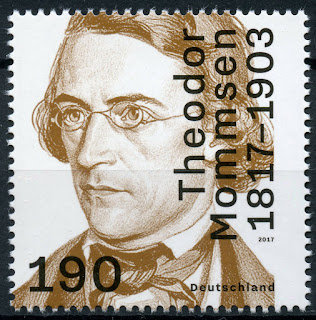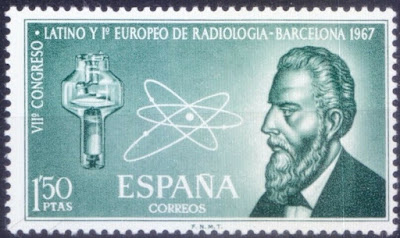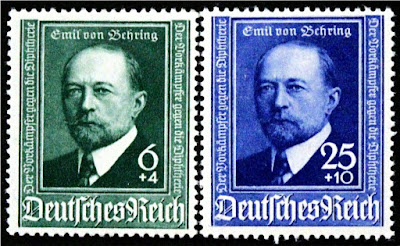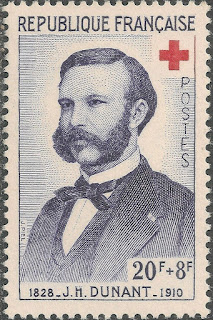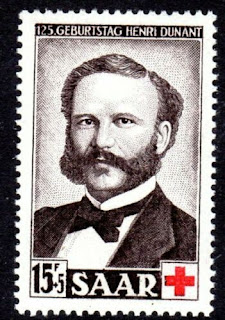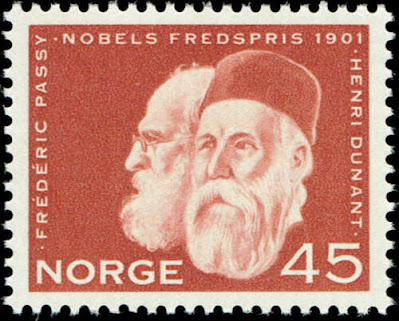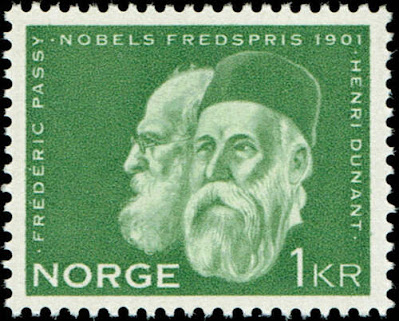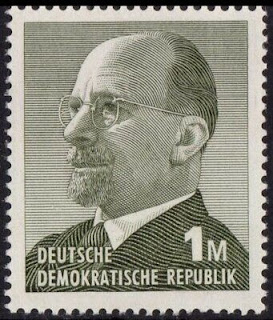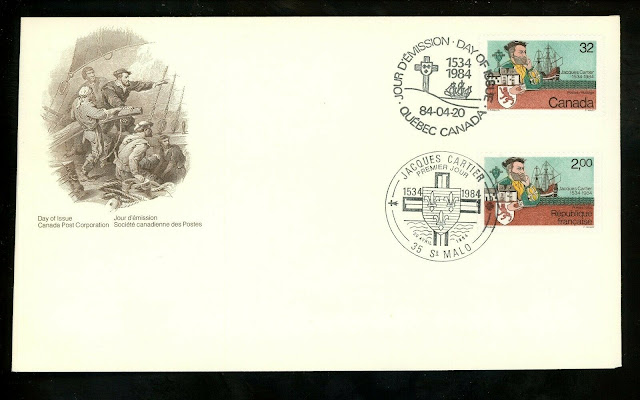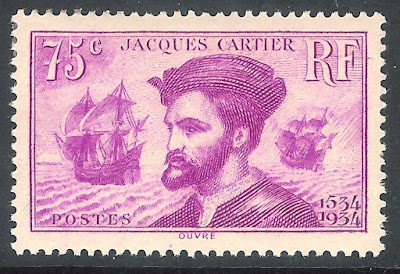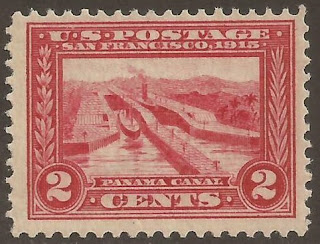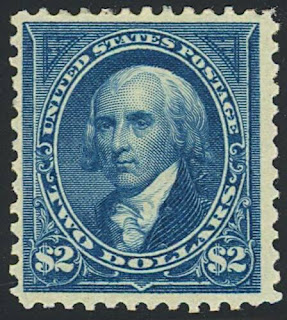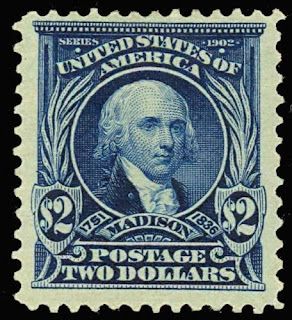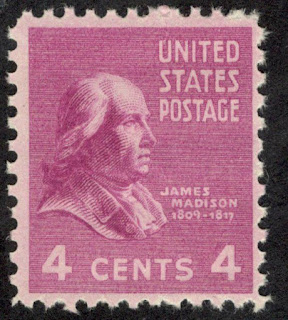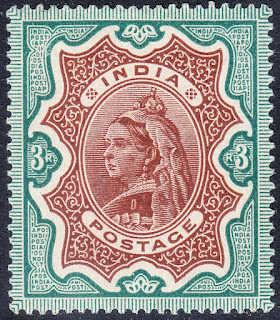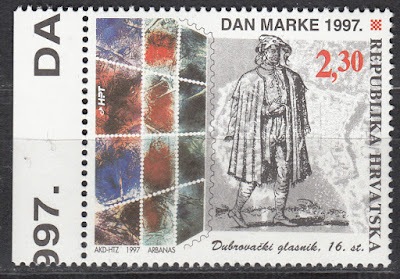The Nobel Prizes (Swedish: Nobelpriset, Norwegian: Nobelprisen) are prizes awarded annually by the Royal Swedish Academy of Sciences, the Swedish Academy, the Karolinska Institutet, and the Norwegian Nobel Committee to individuals and organizations who make outstanding contributions in the fields of chemistry, physics, literature, peace, and physiology or medicine. They were established by the 1895 will of Alfred Nobel, which dictates that the awards should be administered by the Nobel Foundation. The Nobel Memorial Prize in Economic Sciences was established in 1968 by the Sveriges Riksbank, the central bank of Sweden, for contributions to the field of economics. Each recipient, or "laureate", receives a gold medal, a diploma, and a sum of money, which is decided annually by the Nobel Foundation
Here is a list of 1902 Nobel laureates
Physics: Hendrik Lorentz, Dutch physicist and academic
According to the biography published by the Nobel Foundation, "It may well be said that Lorentz was regarded by all theoretical physicists as the world's leading spirit, who completed what was left unfinished by his predecessors and prepared the ground for the fruitful reception of the new ideas based on the quantum theory." He received many other honors and distinctions, including a term as chairman of the International Committee on Intellectual Cooperation, the forerunner of UNESCO, between 1925 and 1928.
Dutch stamp depicting Hendrik Lorentz
Pieter Zeeman (25 May 1865 – 9 October 1943) was a Dutch physicist who shared the 1902 Nobel Prize in Physics with Hendrik Lorentz for his discovery of the Zeeman effect
After Zeeman passed the qualification exams in 1885, he studied physics at the University of Leiden under Kamerlingh Onnes and Hendrik Lorentz. In 1890, even before finishing his thesis, he became Lorentz's assistant. This allowed him to participate in a research programme on the Kerr effect. In 1893 he submitted his doctoral thesis on the Kerr effect, the reflection of polarized light on a magnetized surface. After obtaining his doctorate he went for half a year to Friedrich Kohlrausch's institute in Strasbourg. In 1895, after returning from Strasbourg, Zeeman became Privatdozent in mathematics and physics in Leiden. The same year he married Johanna Elisabeth Lebret (1873–1962); they had three daughters and one son.
In 1896, shortly before moving from Leiden to Amsterdam, he measured the splitting of spectral lines by a strong magnetic field, a discovery now known as the Zeeman effect, for which he won the 1902 Nobel Prize in Physics. This research involved an investigation of the effect of magnetic fields on a light source. He discovered that a spectral line is split into several components in the presence of a magnetic field. Lorentz first heard about Zeeman's observations on Saturday 31 October 1896 at the meeting of the Royal Netherlands Academy of Arts and Sciences in Amsterdam, where these results were communicated by Kamerlingh Onnes. The next Monday, Lorentz called Zeeman into his office and presented him with an explanation of his observations, based on Lorentz's theory of electromagnetic radiation.
The importance of Zeeman's discovery soon became apparent. It confirmed Lorentz's prediction about the polarization of light emitted in the presence of a magnetic field. Thanks to Zeeman's work it became clear that the oscillating particles that according to Lorentz were the source of light emission were negatively charged, and were a thousandfold lighter than the hydrogen atom. This conclusion was reached well before J. J. Thomson's discovery of the electron. The Zeeman effect thus became an important tool for elucidating the structure of the atom.
In 1898 Zeeman was elected to membership of the Royal Netherlands Academy of Arts and Sciences in Amsterdam, and he served as its secretary from 1912 to 1920. He won the Henry Draper Medal in 1921, and several other awards and Honorary degrees. Zeeman was elected a Foreign member of the Royal Society (ForMemRS) in 1921. He retired as a professor in 1935.
Zeeman died on 9 October 1943 in Amsterdam, and was buried in Haarlem.
Dutch stamps depicting Zeeman
Hermann Emil Louis Fischer (9 October 1852 – 15 July 1919) was a German chemist and 1902 recipient of the Nobel Prize in Chemistry. He discovered the Fischer esterification. He also developed the Fischer projection, a symbolic way of drawing asymmetric carbon atoms. He also hypothesized lock and key mechanism of enzyme action. He never used his first given name, and was known throughout his life simply as Emil Fischer.
In 1875, the year following his engagement with von Baeyer, he published his discovery of the organic derivatives of a new compound of hydrogen and nitrogen, hydrazine. He investigated their derivatives, establishing their relation to the diazo compounds, and he noted the readiness with which they entered into combination with other substances, giving origin to a wealth of hitherto unknown compounds. Of such condensation products undoubtedly the most important are the hydrazones, which result from the interaction with aldehydes and ketones. His observations, published in 1886, that such hydrazones, by treatment with hydrochloric acid or zinc chloride, yielded derivatives of indole, the parent substance of indigo, were a confirmation of the views advanced by von Baeyer on the subject of indigo and the many substances related to it.
He next turned to the fuchsine (then called "rosaniline") magenta dyes, and in collaboration with his cousin Otto Fischer, he published papers in 1878 and 1879 which established that these dyes were derivatives of triphenylmethane. Emil Fischer's next research was concerned with compounds related to uric acid. Here the ground had been broken by von Baeyer, but Fischer greatly advanced the field of knowledge of the purines. In 1881 and 1882 he published papers which established the formulae of uric acid, xanthine, caffeine (achieving the first synthesis), theobromine and some other compounds of this group. After purine itself was isolated, a variety of derivatives were prepared, some of which were patented in view of possible therapeutical applications.
Fischer is particularly noted for his work on sugars. Among his early discoveries related to hydrazine was that phenylhydrazine reacted with sugars to form substances which he named osazones, and which, being highly crystalline and readily formed, served to identify such carbohydrates more definitely than had been previously possible. Later, among other work, he is noted for the organic synthesis of D-(+)-glucose. He showed how to deduce the formulae of the 16 stereoisomeric glucoses, and prepared several stereoisomerides, helping to confirm the Le Bel–Van 't Hoff rule of the asymmetric carbon atom.
In the field of enzymology, Fischer is known for his proposal of "the lock and key" model as a mechanism of substrate binding.
Fischer was also instrumental in the discovery of barbiturates, a class of sedative drugs used for insomnia, epilepsy, anxiety, and anesthesia. Along with the physician Josef von Mering, he helped to launch the first barbiturate sedative, barbital, in 1904. He next carried out pioneering work on proteins. By the introduction of new methods, he succeeded in breaking down the complex albumins into amino acids and other nitrogenous compounds, the constitutions of most of which were known, and by bringing about the recombination of these units, he prepared synthetic peptides which approximated to the natural products. His researches made from 1899 to 1906 were published in 1907 with the title Untersuchungen über Aminosauren, Polypeptides und Proteine.
In 1897 he put forward the idea to create the International Atomic Weights Commission. Fischer was elected a Foreign Member of the Royal Society (ForMemRS) in 1899. He was awarded the 1902 Nobel Prize in chemistry "in recognition of the extraordinary services he has rendered by his work on sugar and purine syntheses."
Many names of chemical reactions and concepts are named after him:
- Fischer indole synthesis
- Fischer projection
- Fischer oxazole synthesis
- Fischer peptide synthesis
- Fischer phenylhydrazine and oxazone reaction
- Fischer–Speier esterification
- Fischer glycosidation
- Kiliani–Fischer synthesis
Stamp issued by Guinea Bissau depicting Emil Fischer
Indian stamp and FDC depicting Ronald Ross
Christian Matthias Theodor Mommsen (30 November 1817 – 1 November 1903) was a German classical scholar, historian, jurist, journalist, politician and archaeologist. He is widely regarded as one of the greatest classicists of the 19th century. His work regarding Roman history is still of fundamental importance for contemporary research. He received the Nobel Prize in Literature in 1902 for being "the greatest living master of the art of historical writing, with special reference to his monumental work, A History of Rome", after having been nominated by 18 members of the Prussian Academy of Sciences. He was also a prominent German politician, as a member of the Prussian and German parliaments. His works on Roman law and on the law of obligations had a significant impact on the German civil code.
German, Berlin and East German stamps depicting Theodor Mommsen
Élie Ducommun (19 February 1833, Geneva – 7 December 1906, Bern) was a Swiss peace activist. He was a Nobel laureate, awarded the 1902 Nobel Peace Prize, which he shared with Charles Albert Gobat.
Born in Geneva, he worked as a tutor, language teacher, journalist and a translator for the Swiss federal Chancellery (1869–1873).
In 1867 he helped to found the Ligue de la paix et de la liberté (League of Peace and Freedom), though he continued working at other positions, including secretary for the Jura-Simplon Steel Company from 1873 to 1891. That year, he was appointed director of the newly formed Bureau international de la paix (International Peace Office), the first non-governmental international peace organization, based in Bern. He refused to accept a salary for the position, stating that he wished to serve in this capacity solely for reasons of idealism.
His keen organizational skills ensured the group's success. He was awarded in the Nobel Peace Prize in 1902, and served as director of the organization until his death in 1906.
Stamp issued by Guinea Bissau depicting Élie Ducommun
Peace: Charles Albert Gobat, Swiss lawyer and politician
Stamp issued by Guinea Bissau depicting Albert Gobat

